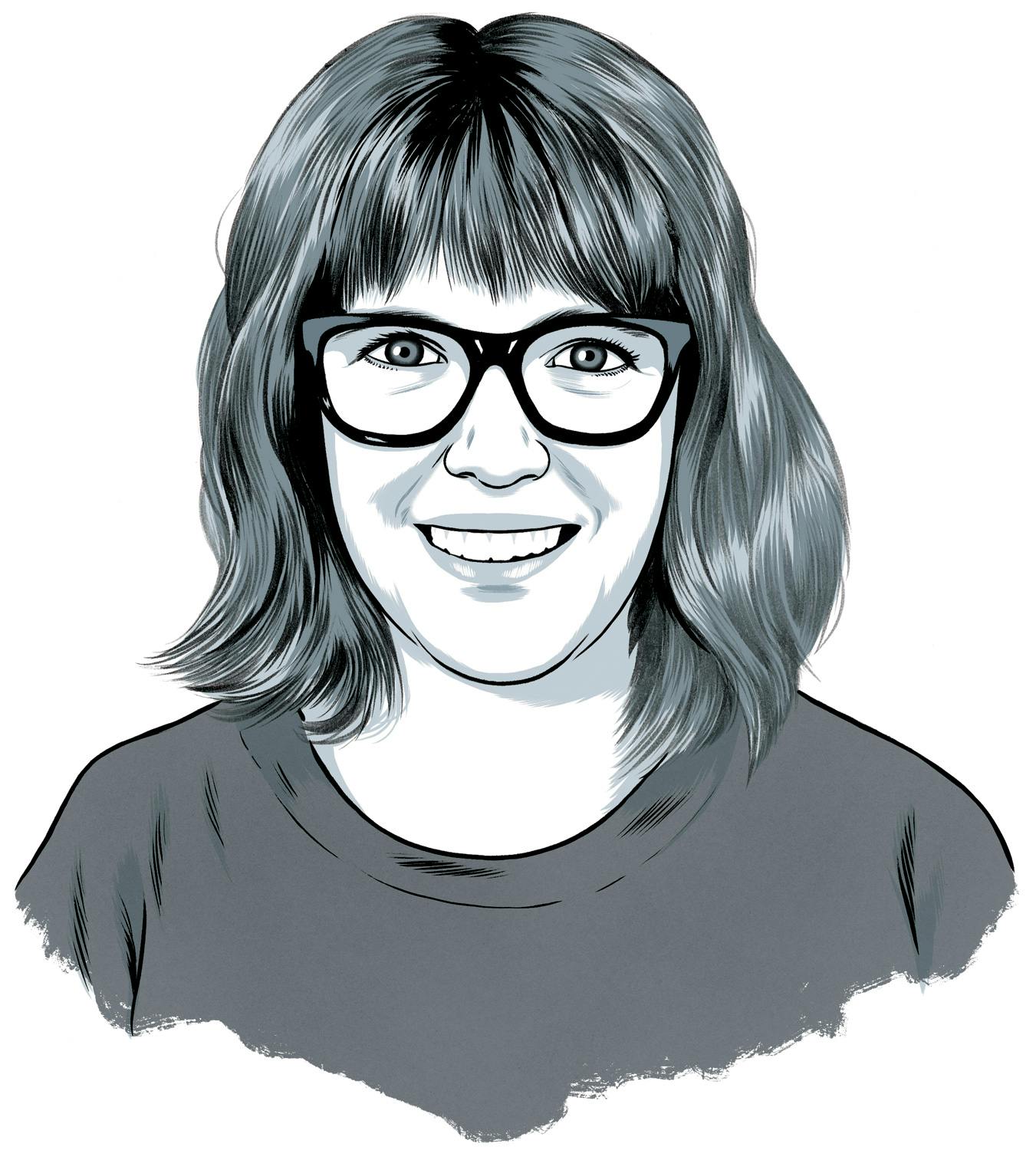AS EDITOR OF RESPONSE, I have the opportunity to listen to conversations happening around campus about how to pursue the work of diversity.
 This work, as discussed by Sandra Mayo, Seattle Pacific’s vice president for diversity, equity, and inclusion, revolves around addressing areas of human difference where historic legal or social barriers have hindered human flourishing. And the more I learn about it, the more I understand its importance.
This work, as discussed by Sandra Mayo, Seattle Pacific’s vice president for diversity, equity, and inclusion, revolves around addressing areas of human difference where historic legal or social barriers have hindered human flourishing. And the more I learn about it, the more I understand its importance.
One reason this work is important is pragmatic. The students who enroll at Seattle Pacific University need us to do it. Our students come from myriad backgrounds to pursue success in higher education, and for a long time many colleges and universities in the U.S. — SPU included — have (often unintentionally) made that pursuit harder, not easier, for students who are not white, wealthy, or both.
Last autumn, I got to know a group of students when I taught a class on public speaking. The 24 students in my class ranged from freshmen to last-quarter seniors, and they came from a diverse range of backgrounds to navigate their college experiences. Some of my students had lengthy commutes, while others lived on campus. They had grown up in a wide variety of contexts, too: One student came from Ethiopia, while others had lived their whole lives in Seattle. These students’ experiences with race and ethnicity, socioeconomic status, and sexual identity were wide-ranging.
To serve this student body well, and to graduate competent and informed global citizens, we must first understand and appreciate the diverse backgrounds of today’s students, and then work to transform organizations and routines to welcome them. Members of the Seattle Pacific community have been discussing ways to do this, and some of those discussions are captured in this issue’s feature on diversity at SPU.
The second reason is based in the faith commitment that grounds our community’s work here at Seattle Pacific. As Martín Jiménez and Jeff Keuss point out, the work of diversity is fundamental to the Christian faith. C.S. Lewis articulated a reason for this in “The Weight of Glory.” We are created in the image of God, and we are responsible for encouraging and respecting that image in one another — even when it looks different than we might expect.
We are created in the image of God, and we are responsible for encouraging and respecting that image in one another — even when it looks different than we might expect.
“There are no ordinary people,” Lewis wrote. “You have never talked to a mere mortal. Nations, cultures, arts, civilizations — these are mortal, and their life is to ours as the life of a gnat. But it is immortals whom we joke with, work with, marry, snub, and exploit — immortal horrors or everlasting splendors.” Each of us is on a journey of learning and growing to better reflect God’s image. Our behavior can help or hinder those around us in that journey, and that is a great responsibility.
Editing this issue of Response has helped me gain a better understanding of how facets of identity affect the ways people learn and grow (even in a discipline like physics, as Lane Seeley explains). I have also begun to realize how complex the work of diversity really is. It takes time and effort to make sure that people with diverse identities and backgrounds feel welcome and respected, not just represented, on a campus. I hope reading these stories sparks your interest about this work as well.
This article originally appeared in the spring 2019 issue of Response with the headline, “Thinking differently about diversity.”




